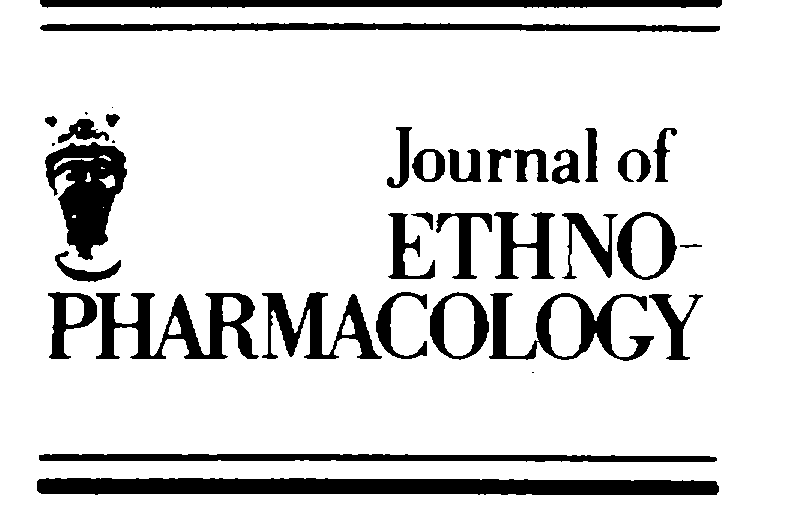Uterus case scenario answers
Case Scenario 1 A 53 year old white female presented to her primary care physician with post-menopausal vaginal bleeding. The patient is not a smoker and does not use alcohol. She has no family history of malignancy. She had an endometrial biopsy that was positive for endometrial adenocarcinoma. She was sent to have a CT of the abdomen and pelvis and was found to have thickening of the uterus

 Journal of Ethnopharmacology 66 (1999) 11–17
Antioxidant and eicosanoid enzyme inhibition properties of
pomegranate seed oil and fermented juice flavonoids
Shay Yehoshua Schubert a, Ephraim Philip Lansky b, Ishak Neeman a,*
a Laboratories of Food Engineering and Biotechnology, Technion—Israel Institute of Technology, Haifa32000, Israel
b Rimoni Corporation, Science Park, Nesher, Israel
Received 8 April 1998; received in revised form 9 November 1998; accepted 20 November 1998
Abstract
Journal of Ethnopharmacology 66 (1999) 11–17
Antioxidant and eicosanoid enzyme inhibition properties of
pomegranate seed oil and fermented juice flavonoids
Shay Yehoshua Schubert a, Ephraim Philip Lansky b, Ishak Neeman a,*
a Laboratories of Food Engineering and Biotechnology, Technion—Israel Institute of Technology, Haifa32000, Israel
b Rimoni Corporation, Science Park, Nesher, Israel
Received 8 April 1998; received in revised form 9 November 1998; accepted 20 November 1998
Abstract S.Y. Schubert et al. / Journal of Ethnopharmacology 66 (1999) 11–17
2.9. Determination of the acti6ity of
flame ionization detector and coupled to a Ku-
The activity of cyclooxygenase was determined
coated with 10% FFAP. Column temperature was
using a polarographic assay employing an O2
programmed from 190 to 210°C. Nitrogen was
electrode. Oxygen uptake was measured as the
the carrier gas. Mixtures of authentic standard
change in dissolved oxygen concentration cata-
fatty acids methyl esters were chromatographed
lyzed by cyclooxygenase and measured using a
under the same conditions for comparison.
S.Y. Schubert et al. / Journal of Ethnopharmacology 66 (1999) 11–17
2.9. Determination of the acti6ity of
flame ionization detector and coupled to a Ku-
The activity of cyclooxygenase was determined
coated with 10% FFAP. Column temperature was
using a polarographic assay employing an O2
programmed from 190 to 210°C. Nitrogen was
electrode. Oxygen uptake was measured as the
the carrier gas. Mixtures of authentic standard
change in dissolved oxygen concentration cata-
fatty acids methyl esters were chromatographed
lyzed by cyclooxygenase and measured using a
under the same conditions for comparison.